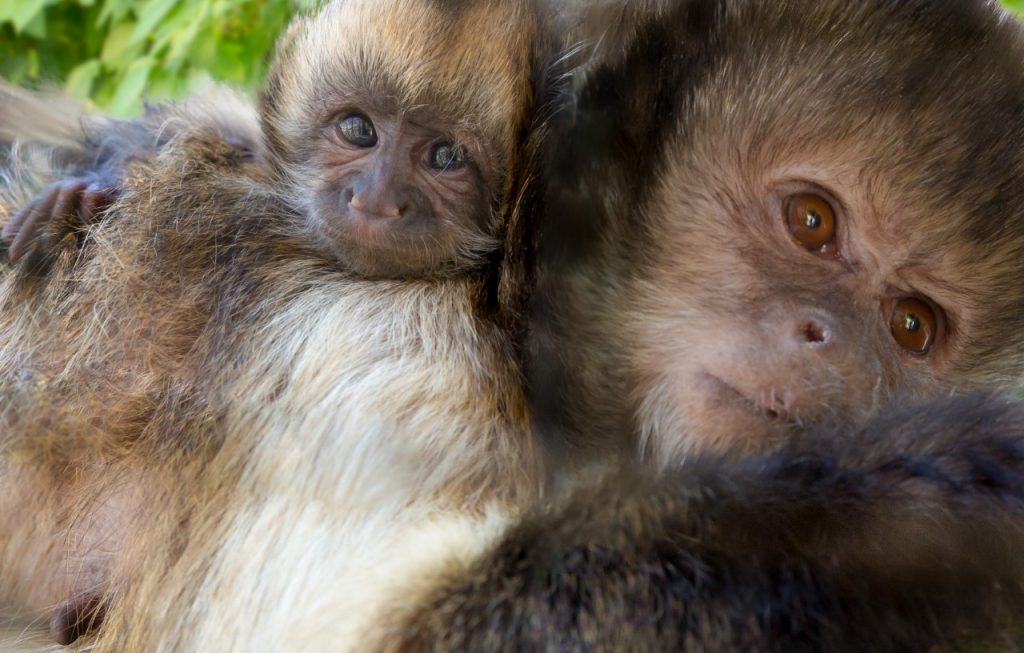Serum Magnesium and Zinc Status of Wild Ungulates in the Swaziland Lowveld
Citation
Gallivan GJ, Culverwell J, Girdwood R. 1995. Serum Magnesium and Zinc status of wild ungulates in the Swaziland lowveld. In Proceedings of the First Conference on Zoo and Wildlife Nutrition, AZA Nutrition Advisory Group, Scarborough, OT.
Abstract
Serum magnesium (Mg) and zinc (Zn) were measured in 179 impala (Aepyceros melampus), 13 warthog (Phacochoerus aethiopicus), 6 kudu (Tragelaphu strepsiceros), 4 grey duiker (Sylvicapra grimmia) and 3 blue wildebeest (Connochaetes taurinus) from the Mlawula-Mbuluzi-Simunye Nature Reserve and Protected Area complex in the northeastern Swaziland lowveld from October 1985 to September 1986. Serum Mg was higher in the small concentrate selectors, duiker and warthog, than in kudu, a large browser, impala, an intermediate feeder, and wildebeest, a grazer. Serum Zn was higher in warthog and kudu than in impala, duiker and wildebeest. In impala Mg was higher in adults than in lambs, and was higher in the winter (June to September) when they were browsers than in the summer (December to February) when they were predominately grazers. Zn was higher in the spring (October to December) than in the winter (June to August). Zn was < 0.80 ppm in 18% of the adult females, and 0.80 to 0.89 ppm in 12% of the adult females and 23% of the lambs. In warthogs Zn was lowest in November at the end of the dry season, but there was no seasonal pattern in Mg. These results suggest that differences in feeding strategy, as well as other factors such as season, age class and sex can affect mineral status.
 Serum Magnesium and Zinc Status.pdf 2 MB
Serum Magnesium and Zinc Status.pdf 2 MB








